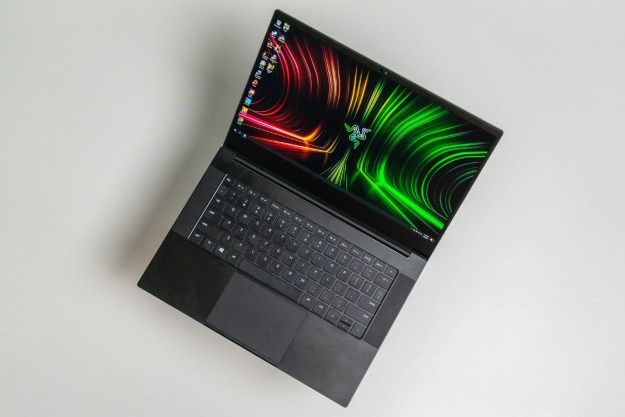The Penny Arcade Expo, or PAX, isn’t exactly known for product launches. As a gaming convention open to the general public, there’s more of a focus on hands-on gaming experiences and indie developers. That doesn’t mean it’s devoid of new hardware launches, however, and Razer is proving that by updating its mobile gaming line.
Blade Stealth
First up is Razer’s portability-focused laptop, the Blade Stealth. It made waves when it released last year, dropping the Blade’s dedicated GPU in favor of a thinner waistline, along with the option to hook up an external GPU.
It’s still a fairly new system, so the updates are mostly the kind of under-the-hood changes we’re used to seeing from a refresh cycle. Razer will be leveraging the 7th-generation Intel Core chips, specifically the Core i7-7500U for the lightweight machine. There’s always more room for storage and memory, so the line is expanding with options for up to 1TB PCIe SSDs, as well as 16GB of DDR4 RAM.
Battery life should be a strong suit for slim machines like the Blade Stealth, but we found the 4K display in last year’s unit hampered system longevity. The battery in the new Blade Stealth is 15 percent larger, which should help, especially when combined with the 7th-gen’s improved performance during 4K video playback.
The Blade Stealth is available for pre-order now, with units shipping out during September. Systems start at just $1,000 for a 1440p model with a 128GB PCIe SSD and 8GB of RAM. The highest-end model runs $1,900 for a 4K panel, 1TB PCIe SSD, and 16GB of
Blade
That’s not to say Razer is ignoring the gaming-ready Blade – quite the contrary, in fact. The new Blade features the same Core i7-6700HQ that powered it before, but the GTX 970M is now a GTX 1060 with 6GB of GDDR5, which should provide a massive performance bonus.
Razer has also graced the Blade with the same 1TB PCIe SSD options as the Blade Stealth, although 16GB was already the standard for memory, so there wasn’t much room to upgrade there.
There’s a new screen option, besides the 14-inch 3,200 x 1,800 IGZO touch display that still sits at the top end. For $300 less than each QHD+ model, users have the option of picking a 1,920 x 1,080 non-tough IPS panel.
Why did Razer opt for what seems like a downgrade? It has to do with the relationship between resolution and game performance. It’s hard for even a GTX 1060 to power games at 3,200 x 1,800 — and on a 14-inch screen, the visible benefit relative to 1080p is minor. Razer also found many users didn’t care for touch.
Core
Finally, Razer’s external graphics dock, the Core, isn’t exactly receiving an update as much as new support. Razer has confirmed that the Thunderbolt 3-enabled peripheral fully supports Nvidia’s GTX 1000 series, and the AMD RX series GPUs. Both should be mostly plug and play, although you may have to install drivers to your system from the respective chip manufacturer.
Editors' Recommendations
- 2 gaming laptops you should buy instead of the Razer Blade
- The new Razer Blade 16 is embracing OLED in a big way
- Razer Blade 16 and 18 hands-on review: not afraid to go big
- Razer quadruples the Blade 14’s USB speed with a simple software update
- Dell XPS 15 vs. Razer Blade 15: which to buy in 2022


